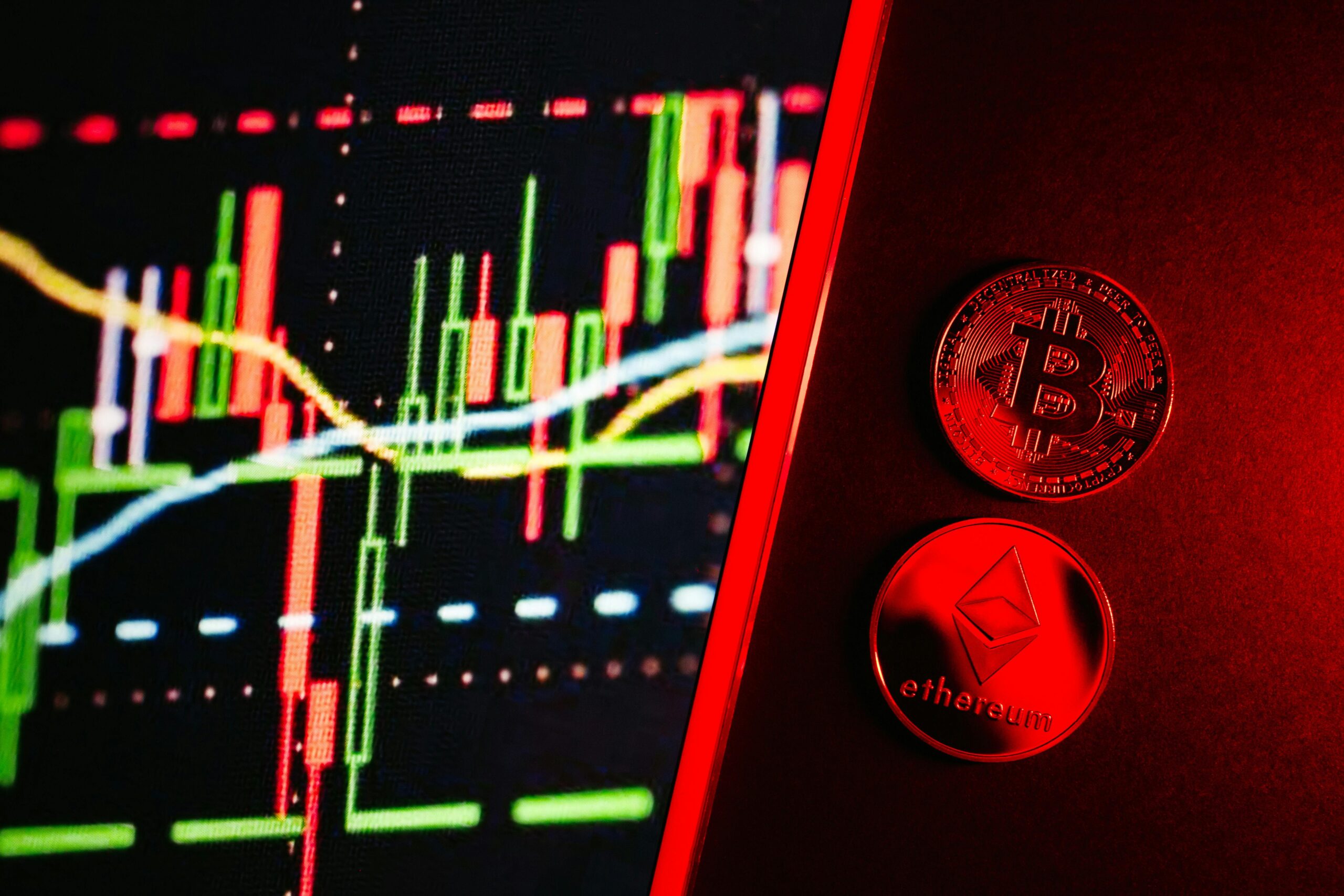Business
Ceasefire in Gaza: A Glimpse of Hope Amidst Devastation

The United Nations has called for an immediate humanitarian ceasefire in the Gaza Strip as President Joe Biden warned Israel about losing international support due to its “indiscriminate” bombing in the conflict with Hamas militants. The U.N. General Assembly passed a resolution advocating for a ceasefire, which saw 153 countries in favor and 23 abstaining, while the U.S. and Israel, along with eight other countries, voted against it. This resolution, though not legally binding, carries significant political weight, highlighting a global consensus on the need for peace.
A significant development in the Israel-Hamas conflict includes the approval of a ceasefire deal by the Israeli cabinet, leading to the release of 50 hostages held in Gaza. This agreement, mediated by Qatar, the U.S., Israel, and Hamas, also allows for the entry of humanitarian aid into the besieged enclave. The ceasefire aims for a four-day pause in fighting, with the potential for extension contingent upon the release of additional hostages.
The world has reacted to this truce, with various countries and organizations expressing their views. China and the European Union welcomed the ceasefire, hoping it would alleviate the humanitarian crisis and contribute to de-escalating the conflict. Egypt, which played a significant role in brokering the truce alongside Qatar and the U.S., hailed the success of its mediation efforts. However, concerns remain regarding the provision of necessary humanitarian aid and the future of northern Gaza’s residents. The agreement has sparked a wide range of reactions, highlighting the international community’s engagement and differing perspectives on achieving a sustainable resolution to the conflict.
This ceasefire and the international response underscore the urgent need for a comprehensive and lasting solution to the conflict, emphasizing the importance of diplomatic efforts and international solidarity in addressing the humanitarian crisis in Gaza and moving towards peace.
Business
Bitcoin’s Bull Run: Analyzing the Surge to New Heights

Bitcoin’s trajectory has been a topic of significant interest and speculation, particularly regarding its potential price and technological advancements. As of early 2024, several factors and predictions indicate a bullish outlook for Bitcoin. Here’s a summary of the latest news and expert analysis:
- Bitcoin’s Price Surge: Bitcoin has seen a remarkable ascent, attributed to factors like optimism for the approval of a spot Bitcoin ETF in the U.S., abating inflation expectations, and increasing institutional engagement. This confluence of factors has led Bitcoin to rise above $42,000 for the first time since April 2022, marking a significant recovery and more than 150% increase so far in the year.
- Predictions and Institutional Interest: Notable predictions suggest an optimistic future for Bitcoin. For instance, a crypto expert has predicted that Bitcoin could potentially rise to $400,000, indicating confidence in its long-term growth trajectory. Additionally, institutions are showing a growing interest in Bitcoin, especially with 99% of Bitcoin expected to have been mined by the end of 2034, suggesting a decade-long ‘gold rush’ for Bitcoin due to its ever-decreasing supply.
- Technological Developments and ETFs: The crypto space is also witnessing significant technological advancements. For example, Ethereum-equivalent ZK rollups and new cryptographic provers are being developed, indicating a technological evolution that could further bolster Bitcoin’s utility and appeal. Moreover, the optimism surrounding the potential approval of Bitcoin ETFs, which would make Bitcoin accessible to millions more investors, is a significant factor contributing to its price surge.
- Bitcoin’s Role and Future Outlook: Bitcoin continues to challenge traditional financial systems and is seen as leading a new era in global finance. Despite the volatility and regulatory challenges, the momentum within the crypto industry, including Bitcoin, is described as unstoppable. This sentiment is reinforced by recent high trading volumes and bullish market signals, suggesting that Bitcoin’s price has further to run.
Overall, the future of Bitcoin appears promising, with potential for substantial price increases, growing institutional interest, and technological advancements that could enhance its functionality and adoption. However, as with any investment, there’s inherent risk, and the landscape is subject to change due to regulatory developments, market dynamics, and technological breakthroughs.
Business
Crackdown on Crypto: SEC’s Legal Battles with Coinbase and Binance

The latest developments in the cryptocurrency world indicate a tightening of regulatory scrutiny and access issues in various jurisdictions, alongside innovative but controversial services introduced by key players in the crypto hardware wallet industry.
- India’s Regulatory Actions on Crypto Exchanges: The Indian government has taken a significant step in regulating cryptocurrency by issuing compliance ‘show cause’ notices to nine offshore crypto exchanges, including prominent names like Binance and KuCoin. This move under the Prevention of Money Laundering Act (PMLA) marks an effort to bring these exchanges under closer scrutiny by the nation’s Financial Intelligence Unit, which is part of the Finance Ministry. This development underscores the Indian government’s intent to enhance oversight and regulation of the cryptocurrency market within its jurisdiction.
- Ledger’s Seed Phrase Recovery Service Controversy: Ledger, a leading hardware crypto wallet provider, has introduced a new service called Ledger Recover in its latest firmware update. This service, which is an ID-based key recovery option that backs up users’ seed phrases, has sparked concern within the crypto community. To use the service, users must provide a passport or national identity card to confirm their identity. Despite the company’s assurance that the service is secure and requires user opt-in, there are fears about potential security risks, especially considering Ledger’s past data breach in 2020. This situation highlights the ongoing tension between enhancing security and maintaining privacy within the crypto ecosystem.
- US SEC’s Lawsuits Against Coinbase and Binance: The United States Securities and Exchange Commission (SEC) has intensified its regulatory actions against major cryptocurrency platforms by filing lawsuits against Coinbase and Binance. These lawsuits represent a dramatic escalation in the crackdown on the crypto industry and could potentially transform the market by asserting the SEC’s jurisdiction over it. The SEC’s actions are based on accusations that these platforms have operated without proper regulatory compliance, particularly in relation to the trading of crypto assets that are considered securities. The outcome of these lawsuits could have significant implications for the regulatory landscape of the crypto market in the US and potentially globally.
Business
Google’s AI Evolution: Introducing Gemini for Next-Gen Applications

Google has been making significant strides in AI and machine learning, with a particular focus on making these technologies more accessible and integrated into its products and services. Here are some of the latest developments:
- Introduction of Gemini: Google has unveiled Gemini, its most advanced and capable AI model yet, which has been optimized in three sizes: Ultra, Pro, and Nano. Gemini is designed to enhance how developers and enterprise customers build and scale with AI. It’s a multimodal model that can understand and operate across different types of information, including text, code, audio, image, and video. This flexibility allows Gemini to perform highly complex tasks efficiently across a wide range of devices, from data centers to mobile devices. Google’s CEO, Sundar Pichai, emphasized the profound impact AI is expected to have, far exceeding previous technological shifts like mobile and the web. Gemini’s introduction marks a significant step in Google’s AI journey, showcasing the company’s commitment to advancing AI technology responsibly and collaboratively.
- Machine Learning Education: Google is also focused on making machine learning education available to everyone. The initiative, “Learn with Google AI,” aims to provide resources for individuals at various skill levels to learn about AI and machine learning. This includes the Machine Learning Crash Course (MLCC), a free course offering exercises, interactive visualizations, and instructional videos on ML concepts. Initially developed for Google employees, MLCC has now been made available to the public, reflecting Google’s commitment to democratizing AI education and its potential benefits.
- Bard and AI in Search: Google has been integrating AI into its search services to improve user experience. Bard, an experimental conversational AI service powered by LaMDA, is one such innovation. Bard aims to combine extensive knowledge with the creativity of Google’s large language models, providing high-quality responses drawn from the web. This service is designed to simplify complex topics and foster creativity and curiosity. In addition to Bard, Google plans to introduce AI-powered features in Search that can synthesize complex information and multiple perspectives, making it easier for users to gain insights and understand various topics.
These developments highlight Google’s ongoing efforts to harness the power of AI to enhance technological capabilities, improve accessibility to AI education, and integrate AI more deeply into everyday products and services.
-

 Tech3 months ago
Tech3 months agoThe Future of Bitcoin ETFs: How Close Are We to Regulatory Approval
-

 Entertainment3 months ago
Entertainment3 months agoRedefining Elegance: The Rise of Pakistan’s Fashion Industry
-

 Business3 months ago
Business3 months agoMichael Saylor’s Bold Bitcoin Bet: A Look Back Three Years Later
-

 Business3 months ago
Business3 months agoMicrosoft’s AI Frontier: Transforming the Future of Work with Copilot Enhancements
-

 Business3 months ago
Business3 months agoAI Frontiers: Meta and Google’s Divergent Paths to Innovation
-

 Cryptocurrwncy3 months ago
Cryptocurrwncy3 months agoEthereum’s Shanghai Upgrade: Unlocking a New Era of Staking and Scalability
-

 Business3 months ago
Business3 months agoCrackdown on Crypto: SEC’s Legal Battles with Coinbase and Binance
-

 Entertainment3 months ago
Entertainment3 months agoEntertainment Unleashed: Innovations Transforming How We Engage with Content









